Unit 60: Light Absorption by π-electrons in Biological Molecules
Practice Problems

Note: problem difficulty is ranked using a star system.
(*) One-star problems are fundamental to the unit, and can be done relatively quickly. Use these problems to introduce yourself to the material.
(**) Two-star problems are more difficult, and require an understanding of one or two key concepts. Use these problems to test your understanding of the material.
(***) Three-star problems are the most difficult, and require some creative thinking in addition to a deep familiarity with multiple key concepts. Use these problems to challenge yourself; if you can complete one of these, you’re on your way to mastering the material.
*Q60.1) Consider a π-conjugated molecule with the following π-electronic energy levels:
n = 1, E = 1 eV
n = 2, E = 4 eV
n = 3, E = 9 eV
Calculate the energies of all three possible π-electronic transitions for this molecule.
**Q60.2) Consider the same π-conjugated molecule as in Q60.1, with the following π-electronic energy levels:
n = 1, E = 1 eV
n = 2, E = 4 eV
n = 3, E = 9 eV
Calculate the three wavelengths of light this molecule would be capable of absorbing.
**Q60.3) What’s the wavelength of a photon which, when absorbed by butadiene (shown below), induces a π-electronic excitation from n=2 to n=3? Use a carbon-carbon bond length of 0.15nm.
C = C - C = C
**Q60.4) What’s the wavelength of a photon which, when absorbed by benzene (shown below), induces a π-electronic excitation from n=1 to n=2? Use a carbon-carbon bond length of 0.12nm.
***Q60.5) Consider a molecule in which there’s a sequence of conjugated π-bonds 9 bonds long. This molecule is observed to absorb the most strongly at 550nm. For a similar molecule whose only structural difference is that its π-conjugated system is 7 bonds long, what’s its expected wavelength of maximum absorbance?

